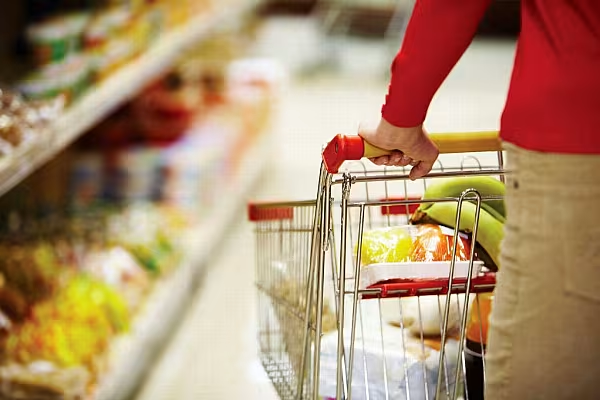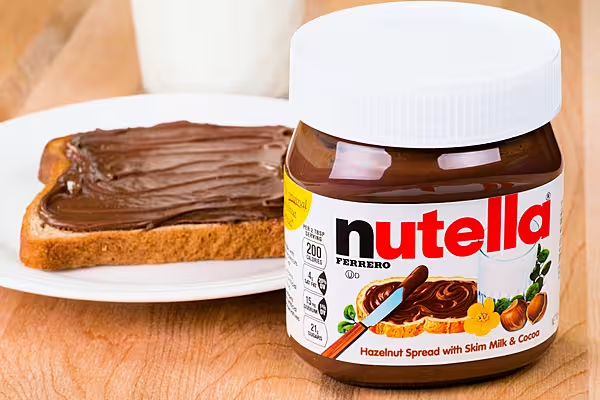The average consumer expenditure on food in Italy amounted to €5,544 per household last year, a study has revealed.
This is equivalent to a 3% drop in expenditure on food by Italians over the past decade.
Food items accounted for 18% of total household expenditure, the analysis of ISTAT data by Coldiretti has revealed.
The composition of the typical shopping trolley has also changed, the data found, with households spending the most on fruit and vegetables, followed by meat, bread, and pasta.
A large number of customers also opted to shop in the discounters, indicating a polarisation in consumption.
Others were seen giving preference to healthy and ethical food items, resulting in an increase in the purchase of organic and local products.
Discount Stores
The profit generated by the main discounters in the country accounted for 34.2% of grocery sector profits last year, according to a separate study by Mediobanca.
E-commerce accounted for 1.6% of the total value sales across the large-scale distribution network, with the sector now worth €100-105 billion.
It grew by 27.7% in the first four months of 2019.
FMCG Sales
Meanwhile, IRI data shows that, in the period between January and April 2019, grocery sales rose by 1.8%, to €21.4 billion.
A 3.6% value sales growth in beverages and a 2.7% rise in fresh-food sales contributed to the positive performance.
Sales of manufacturer brands remained static, while private-label brands grew to 18.9%, driven by a focus on healthy, organic and natural food items.
© 2019 European Supermarket Magazine – your source for the latest retail news. Article by Branislav Pekic. Click subscribe to sign up to ESM: European Supermarket Magazine.











